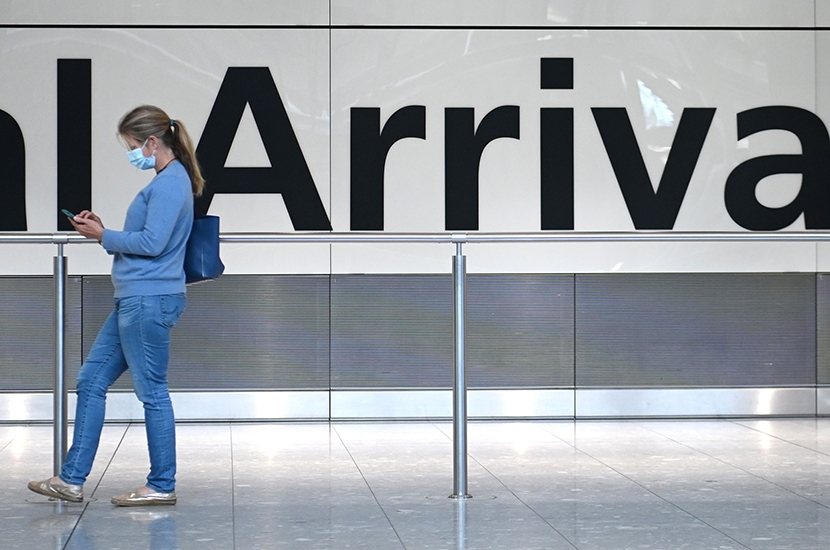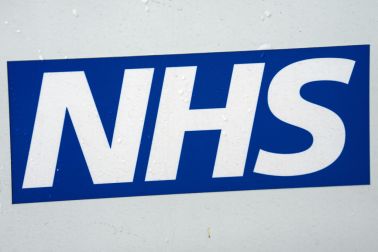Doing the math, as the Americans say, became this column’s theme after I abandoned another planned trip to France. Seven days in the Dordogne (where last week’s Covid infection rate was just 2.9 cases per 100,000) would have cost me 14 days lockup on return, so I spent the weekend doing arithmetic instead. As I tried to calculate the real cost of what I have called ‘kneejerk quarantine rules driven by focus-group fear’, my notebook began to resemble a rogue Ofqual algorithm — but here’s the simplified version.
Let’s start with the 600,000 Britons reportedly caught by the quarantine returning from Spain last month and the 150,000-plus in France who missed last Saturday’s 4 a.m. deadline. Many are children, pensioners or furloughed, but let’s guess that one
in a hundred of a national workforce of around 31 million has been rendered economically inactive for a fortnight. Even if each contributes to GDP only the national per capita average, that would be a £400 million hit to the economy.
But how many lives has it saved — or to get technical, how many ‘quality-adjusted life years’, known as QALYs? The accepted measure for the affordability of NHS treatments is a maximum of £30,000 per QALY. So if we regard quarantine as a treatment, rather than a political gimmick, it would need to have preserved 13,333 QALYs to be judged worthwhile. How unlikely is that? I’ll take the ice-pack off my head now, but if you have a better formula — especially if you work in Downing Street — feel free to send it to martin@spectator.co.uk.
Changed for ever
Marks & Spencer has also been running numbers, leading to an announcement of 7,000 job cuts. While food sales stayed strong, in-store sales of clothing and homeware have been down by almost half since re-opening in June, partially offset by a rise online.









Comments
Join the debate for just £1 a month
Be part of the conversation with other Spectator readers by getting your first three months for £3.
UNLOCK ACCESS Just £1 a monthAlready a subscriber? Log in